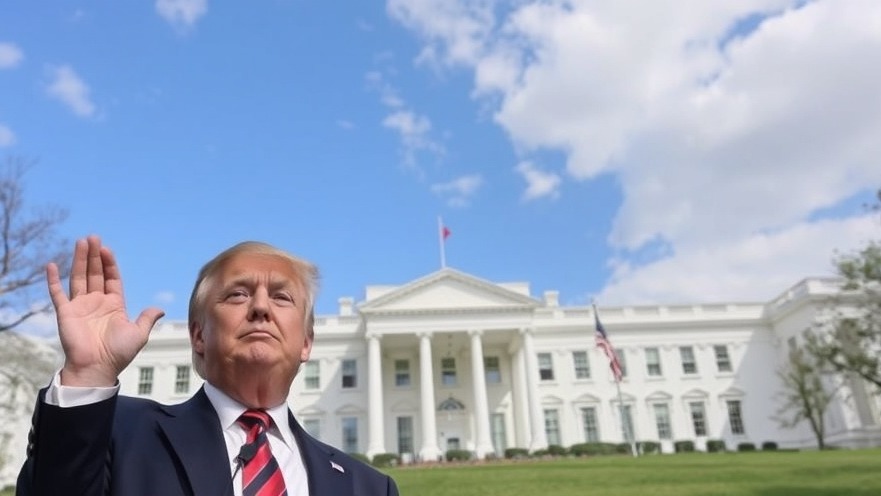
Understanding Inflation Trends and Their Impact
Inflation in the U.S. economy is a crucial indicator that directly impacts monetary policy. Recently, the Personal Consumption Expenditures (PCE) price index indicated a positive development with inflation approaching the Federal Reserve's target of 2%. At 2.1% annual growth for April—as opposed to 2.3% in March—the trend looks promising. However, core inflation, which excludes the often-volatile food and energy prices, has actually shown a slight uptick to 2.5%. This presents a complex scenario for the Federal Reserve as they navigate interest rates and broader economic implications.
The Role of Tariffs in Economic Decision-Making
While falling inflation would typically suggest a readiness for interest rate cuts, external factors complicate the situation significantly. Recently, tariff policies introduced by the Trump administration have been under legal scrutiny, creating a wildcard in economic policy considerations. Key rulings concerning tariffs could potentially lead to unforeseen inflationary pressures, thereby influencing the Fed's caution regarding rate adjustments. If tariffs remain intact, they could keep inflation from falling further, which poses challenges for the housing market, a sector that has faced difficulties since the Fed began increasing rates to combat rising costs.
Understanding the Federal Reserve's Caution
Rumors of a potential interest rate cut have lingered as the Fed typically emphasizes the 2% inflation target as a benchmark for monetary easing. Yet, current economic dynamics suggest that the Fed may delay action. Public statements by Fed Chairman Jerome Powell indicate that while he wishes to oversee a steady descent to that inflation target, the reality of tariffs hanging in the balance creates hesitation. The situation serves as a reminder that monetary policy is a multifaceted puzzle where inflation data is only one piece of the larger picture.
Future Predictions: Housing Market Implications
For those observing the housing market, the implications of potential Fed actions are significant. The current average rate on a 30-year fixed mortgage is around 6.99%, a slight decline from previous weeks, yet still high enough to affect affordability. If the Fed opts for a cautious approach, housing affordability may continue to be pressured, dampening demand. With higher monthly payments due to elevated mortgage rates, buyers might remain on the sidelines, further stagnating the recovery of the real estate market.
Conclusion: A Call for Preparedness
With the inflation rate nearing the Fed's goal juxtaposed against uncertain tariff ramifications, both consumers and investors in the housing market must prepare for dynamic changes ahead. It is essential to monitor these developments closely, as they could alter not only mortgage rates but also the broader economic landscape. Consider revisiting your financial strategies to navigate potential shifts wisely. Understanding these nuances will be vital for all stakeholders involved.
 Add Row
Add Row  Add
Add 




 Add Row
Add Row  Add
Add 

Write A Comment